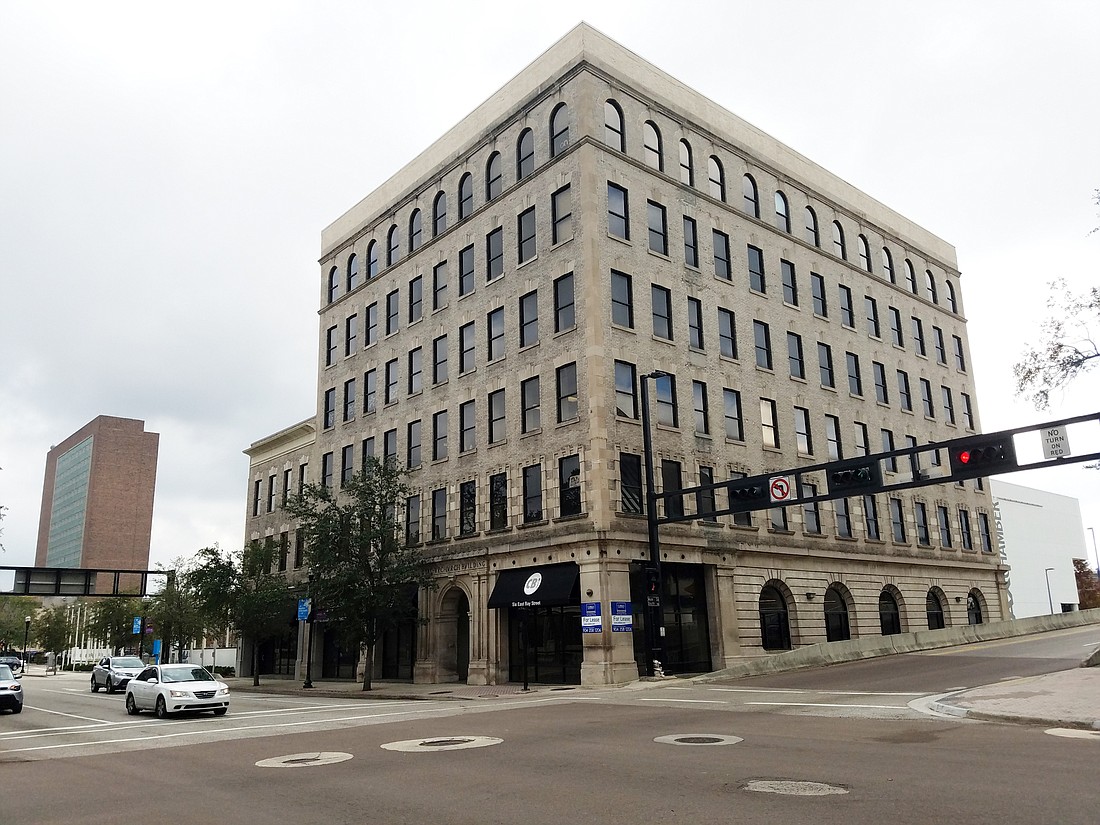
Jack Hanania, owner of the Hanania Automotive Group of 17 dealerships, purchased the historic Dyal-Upchurch Building Downtown.
Hanania said he bought the structure as an investment, although his original intent was to relocate his corporate headquarters there from Blanding Boulevard.
He said he is searching for another Downtown location for the corporate move.
According to the Duval County Clerk of Courts, Hanania acquired the six-story, 48,000-square-foot office building at 6 E. Bay St. on Wednesday for $2.8 million from A. Duda and Sons Inc.
The seller bought the building in 2008 for $3.73 million.
City records also show Hanania assumed an existing $1.48 million mortgage and took out an additional $958,414 mortgage with Ameris Bank.
Hanania said Thursday he views the investment as an opportunity to participate in the revival of Downtown and has no interest in losing the current tenants. He said the remaining space of about 8,000 square feet is too small for his needs.
“It is a great location and with all the activity that is going on and the development that is taking place, I want to go Downtown and help be a part of it,” Hanania said. “I grew up in this community, I love this community and I want to help it grow.”
Following the Great Fire of 1901, the Dyal-Upchurch Building was the first multistory structure built as part of the revival of Downtown. It opened in 1902, serving as the headquarters of Atlantic National Bank.
It was the first Jacksonville building designed by architect Henry John Klutho, who relocated from New York City after the fire.
The building was added to the National Register of Historic Places in 1980 and a year later became the first building in Jacksonville to take advantage of a rehabilitation tax credit for its first renovation.
It was purchased in 1998 for $1.6 million by the Husk Jennings advertising company, which spent $600,000 renovating the top floor where the firm relocated.
In 2002, the city established the Downtown Historic Preservation and Revitalization Trust Fund and $7 million was set aside to assist companies to purchase and restore old buildings.
The fund could pay up to half the cost of exterior work and 20 percent of interior improvements with a $1 million limit for each building.
The fund allowed Husk Jennings to undertake the rehabilitation of the rest of the building at a cost of $1.72 million with the city contributing almost $340,000.
Orlando developer Cameron Kuhn purchased the building in 2005 for $4.5 million. He defaulted on the mortgage when he declared bankruptcy in 2008. Shortly afterward, A. Duda & Sons acquired the building.
Hanania said he was attracted to the building because of its historical ties to Downtown and because of its value.
“It’s a good investment,” he said. “I think Downtown is coming back, so instead of relocating our corporate office there, I bought it as an investment to keep. We have some good tenants there and if they want to extend their leases, we want to give them the opportunity to do so.”
Tenants include CBI, Blue Bridge Productions, MedData, Supreme Equity Marketing & Jase Consulting Inc., The Costantino Law Firm, MedTalent and On Ideas.
Hanania said he seeks another Downtown location for his corporate headquarters and needs 25,000 to 30,000 square feet.
“It’s good to show and help support the Downtown,” he said. “It’s the right thing to do. You can’t have a strong city without a strong Downtown.”